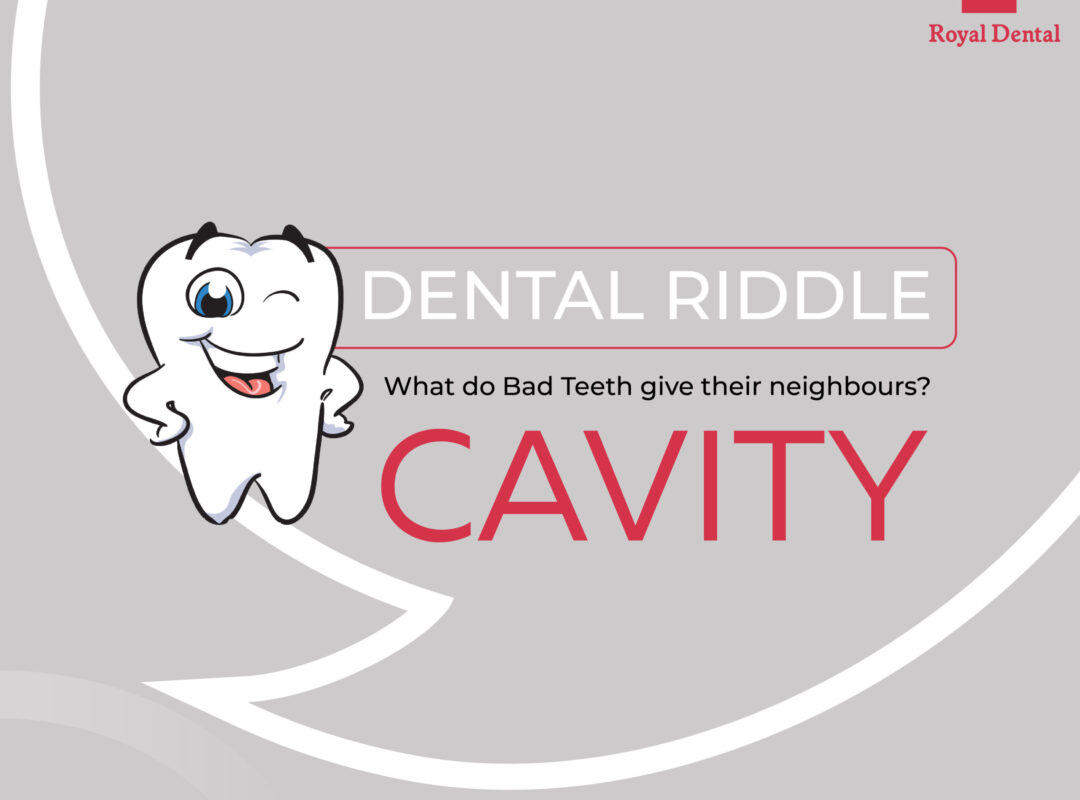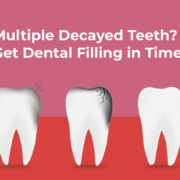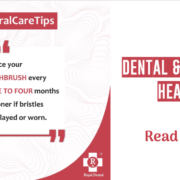It’s not uncommon for people to be afraid of dentists, especially when it comes to the topic of tooth decay. However, it’s important that you understand why and how tooth decay occurs so you can take precautionary measures to avoid it as much as possible. It is also known as dental caries or cavities, and it is one of the most common diseases experienced by humans. In fact, about 50% of adults aged 20 years or older are affected by this oral disease. However, despite its prevalence, it is preventable through daily oral hygiene practices and regular visits to your dentist. Read on to find out more about the primary causes of decay.
What are cavities or tooth decay?
Cavities, also known as tooth decay, are the result of bacteria that feed on sugar and create acid that destroys the teeth. Bacteria in your mouth feed on sugar from food and drinks, then create acid as a byproduct. This acid is what eats away at your teeth and causes dental cavities. The first sign of it is a dull, tingling or painful sensation in the teeth. It can spread to the root of the tooth, causing pain and requiring extensive dental treatment.
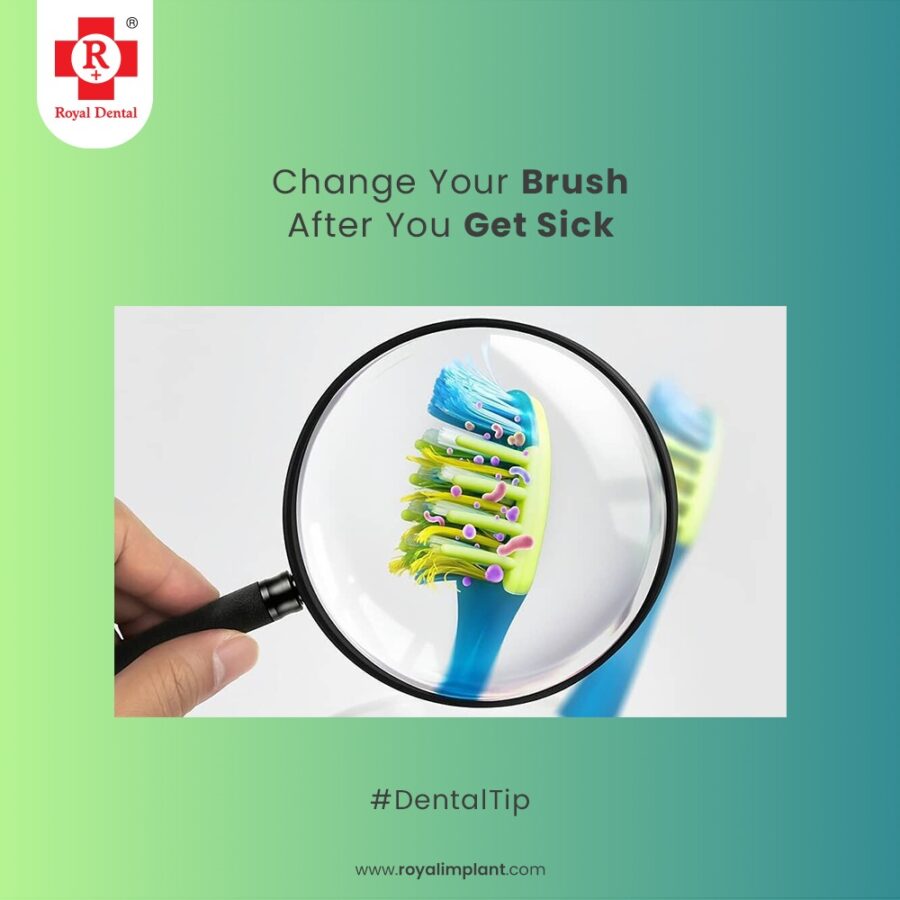
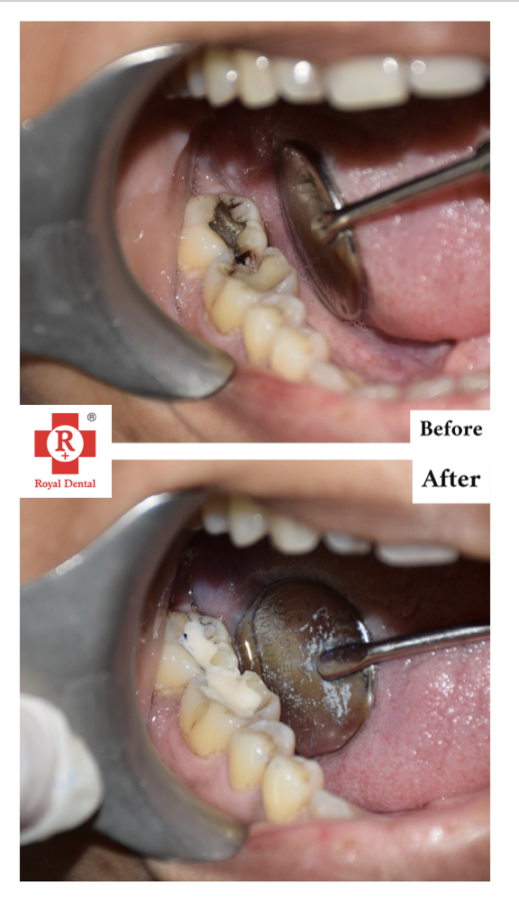

The primary cause of tooth decay is the breakdown of the tooth’s protective barrier. The outer layer of the tooth is made of a substance called enamel, which is similar to the enamel found on baby teeth. It is highly resistant to bacteria and is the strongest substance in your body. However, when the enamel is exposed to acids produced by bacteria, it can break down and lead to it.
Tooth decay causes bad breath
A quick Google search for the reason behind bad breath will most likely lead you to a list of foods that are high in sugar. While the foods you consume can contribute to bad breath, the first thing listed is tooth decay. Dental cavities can lead to bacterial infection in your gums, which can cause bad breath.

Decayed teeth have a higher chance of being impacted and need to be removed. Oral hygiene here plays an important role.
Impacted teeth are when the decaying teeth don’t have enough room to grow in a straight line, which leads to them growing towards the gum line and causing a pocket that traps bacteria and leads to bad breath. They are also more likely to break, which can lead to infection in your bloodstream and cause bad breath.
Sugar is the primary cause
You may have heard that plaque is the cause of tooth decay, but plaque is a result of it. At first, bacteria that feed on sugars in your mouth form plaque and stick to the teeth. Next, the plaque grows and becomes sticky. This sticky plaque leads to an acid that damages the enamel of teeth, and this is the start of tooth decay.
Sugar is the primary cause of tooth decay because it is easily broken down into glucose and is more easily absorbed by the bacteria in your mouth.
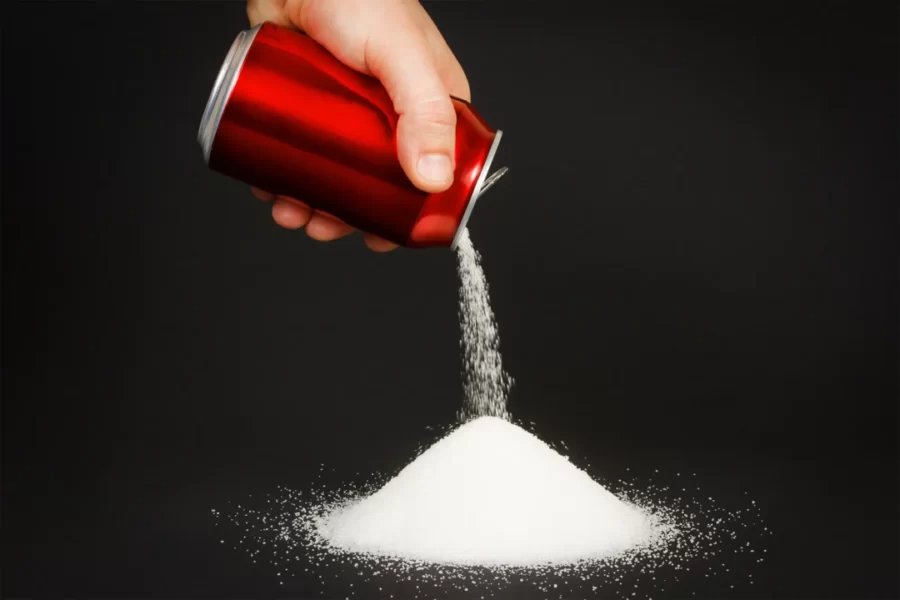
It is important to note, however, that not all sugars cause tooth decay. Some foods like milk and fruits naturally contain sugar, but are not easily broken down into glucose and therefore do not cause dental cavity. It happens when bacteria in your mouth make acids that attack the enamel. Tooth decay can lead to cavities (dental caries), which are holes in your teeth. If tooth decay is not treated, it can cause pain, infection, and even tooth loss.
Weak enamel is the key to understanding why teeth decay
As mentioned above, the enamel is the outer layer of your teeth that acts as a protective barrier against bacteria. Bacteria, however, have been around for millions of years longer than humans have. To protect their bodies from bacteria, humans developed antibodies. These are proteins that recognize bacteria and attack them. Enamel, however, is not covered in antibodies.
Enamel cannot fight off bacteria, which means that if the enamel is exposed to acidic substances, it breaks down and leads to tooth decay. Every person’s mouth is unique, and teeth can vary in shape, size, and enamel thickness. While genetics play a role in determining how each tooth is shaped, daily oral hygiene practices can help you maintain healthy teeth and enamel.
Bacterial growth in your mouth causes tooth decay
As mentioned above, bacteria in your mouth feed on sugars and create an acid that destroys the teeth. While this acid is the primary cause of tooth decay, the bacteria responsible for creating the acid are beneficial for your health. These bacteria are known as “friendly” bacteria and live in your mouth in small amounts. In a healthy mouth, these bacteria work to break down food particles, creating lactic acid, which then destroys harmful bacteria.
With the help of beneficial bacterial growth, you can naturally prevent tooth decay by rinsing your mouth with lactic acid after meals and snacks. However, if you don’t floss or regularly visit the dentist, these bad bacteria can overgrow and cause tooth decay.
Putting off Visits to the Dentist
Putting off a visit to the dentist may seem like a good idea for the short-term. However, putting off a trip to the dentist can turn a small restoration into one that is far larger, more expensive, and time consuming. During a routine cleaning, any plaque or tartar that may have accumulated on the surface of your teeth is removed and your dentist checks for any signs of decay.
Conclusion
Tooth decay is a very common oral disease that can be prevented by taking daily oral hygiene measures and limiting the amount of sugar in your diet. If you do notice tooth decay, be sure to visit your dentist to discuss your options for treatment. While brushing your teeth and flossing will help keep your mouth clean, regular visits to the dentist are essential for detecting and treating it early.

